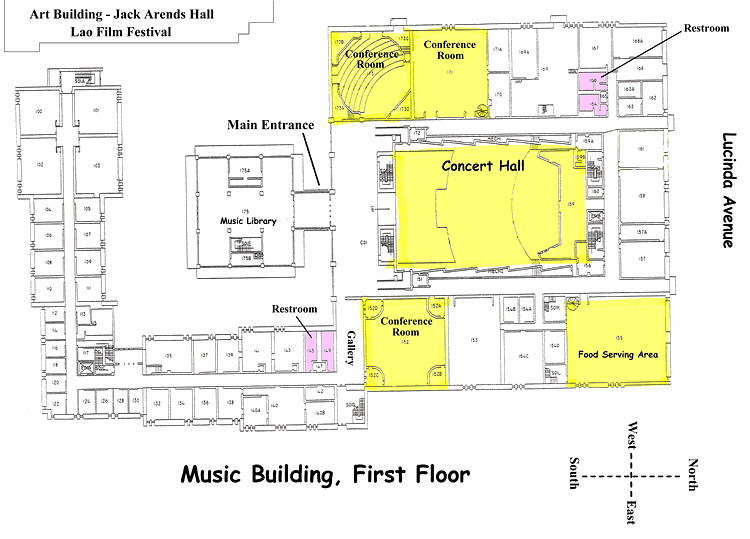The tapestry of American music is a vivid cultural diffusion map, knitting together a multiplicity of influences spanning diverse regions, ethnicities, and historical epochs. This eclectic soundscape mirrors the very essence of the United States: a nation forged in intermingling cultures and ideologies. Each musical genre serves as a distinct brushstroke on this expansive canvas, elucidating stories of heritage and the evolution of collective identity. To grasp this phenomenon, one must navigate the intricate pathways of musical genres that sprang from uniquely American soil.
In the early wake of the 20th century, the birth of jazz epitomized spontaneity—a vibrant response to the pulsating rhythms of African traditions, synthesized with European harmonies. Originating in New Orleans, this genre found its roots in the sorrowful strains of spirituals and the spirited melodies of brass bands. Jazz is a cultural dialogue, an improvisational exchange akin to a conversation among friends, where each note is a word, each solo a personal proclamation. Its emergence marked a shift from collective musical expression to individualized artistry, encapsulating the quest for freedom and self-identity prevalent in African American culture.
Moving northward, the geographical transition leads us to Chicago, where blues flourished, born from the emotive narratives of African Americans grappling with hardship. The blues became a cathartic release, akin to a river winding its way through the plains—resilient yet vulnerable. Artists like Muddy Waters and Howlin’ Wolf wielded their guitars like instruments of protest, channeling forgotten histories into rhythms that resonated with the anguish of a generation. The blues elucidated pain but also resilience, offering a lens through which to navigate life’s adversities.
A short distance from these origins, country music arose in the Appalachian Mountains, intertwining Anglo-Saxon folk traditions with the rhythms of African American music, like a trellis supporting blooming vines. This genre embodies the heartland—a synthesis of storytelling, working-class narratives, and communal experiences. Artists such as Johnny Cash and Dolly Parton brought forth tales rooted in both personal and social histories, transforming everyday struggles into melodic sagas. Country music, akin to a warm hearth on a cold night, serves to comfort and connect listeners, transcending geographical divides.
The vibrancy of the urban landscape gave birth to hip-hop in the late 20th century, illustrating yet another facet of cultural diffusion. Known as rap music, this genre rose from the streets of the Bronx, a sonorous critique of societal inequalities and injustices. It wielded language as a weapon, using rhythm and rhyme to articulate the nuances of a generation’s experience with systemic oppression. Rappers like Tupac Shakur and The Notorious B.I.G. became poets of the streets, their verses echoing with the weight of social consciousness. Hip-hop illustrates how music can harness power, a dynamic force that incites social change and galvanizes communities.
As one examines the intricate connections amongst the genres, one recognizes the fluidity through which cultural diffusion occurs. The cross-pollination of sounds and styles underscores the indelible influence of African American culture on the broader spectrum of American music. The rich threads of gospel, which once encapsulated the religious fervor of the African American experience, permeated through various genres, highlighting the spiritual underpinnings that have shaped musical identity across the nation.
Transitioning to the West Coast, the emergence of surf rock in the 1960s paints yet another distinctive cultural narrative. Emerging from California’s sun-soaked beaches, bands like The Beach Boys melded the rhythm of the ocean with youthful exuberance, forging a sound that reverberated throughout American culture. This genre embraced a laid-back attitude, creating a sonic environment reminiscent of endless summer days. Yet, even within surf rock’s cheerful façade, the genre reflected the societal transformations of the time, imbuing elements of rebellion and freedom.
In the realm of contemporary music, one cannot overlook the important resurgence of folk and indie genres that entwine narratives of past influences with modern storytelling. Artists such as Sufjan Stevens and Florence + The Machine exemplify this dynamic by embracing traditional motifs while interjecting their unique artistry into the collective fabric of American music. This playful experimentation highlights the continual evolution inherent in cultural diffusion—the ever-present dialogue between the past and the present.
The cultural diffusion map of American music is not merely a historical account of genres but an ongoing narrative. Each region holds its sonic treasures, a living testament to the power of music as a unifying force. The melodies and rhythms embody the human experience, acting as communicative bridges linking disparate communities and fostering an understanding amongst listeners. This map not only charts where music originated but illustrates how it has continuously reshaped itself over time, adapting to societal changes while maintaining its core essence.
As we reflect upon the intricate pathways of musical evolution, we become acutely aware of the rich history that informs modern American sound. The continuum of cultural diffusion reveals a transformative journey—one that illustrates both the struggles and triumphs embedded in the nation’s identity. In a world increasingly defined by global connectivity, the American music scene remains an intricate patchwork of styles, ideologies, and histories that continue to resonate, reminding us that music is not just an art form, but a vital means of sustaining our collective humanity.
